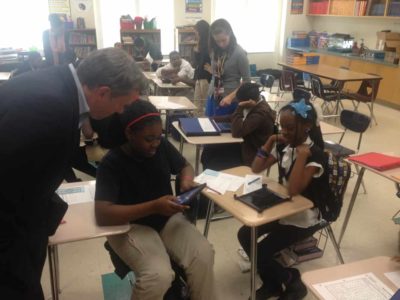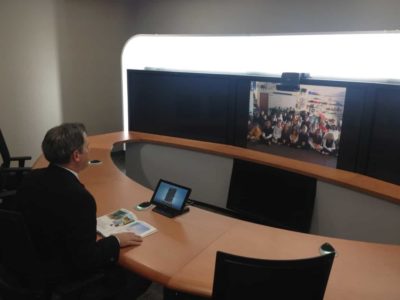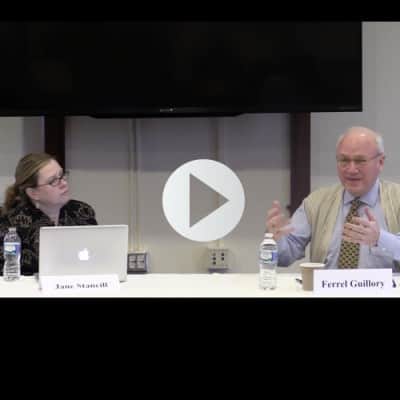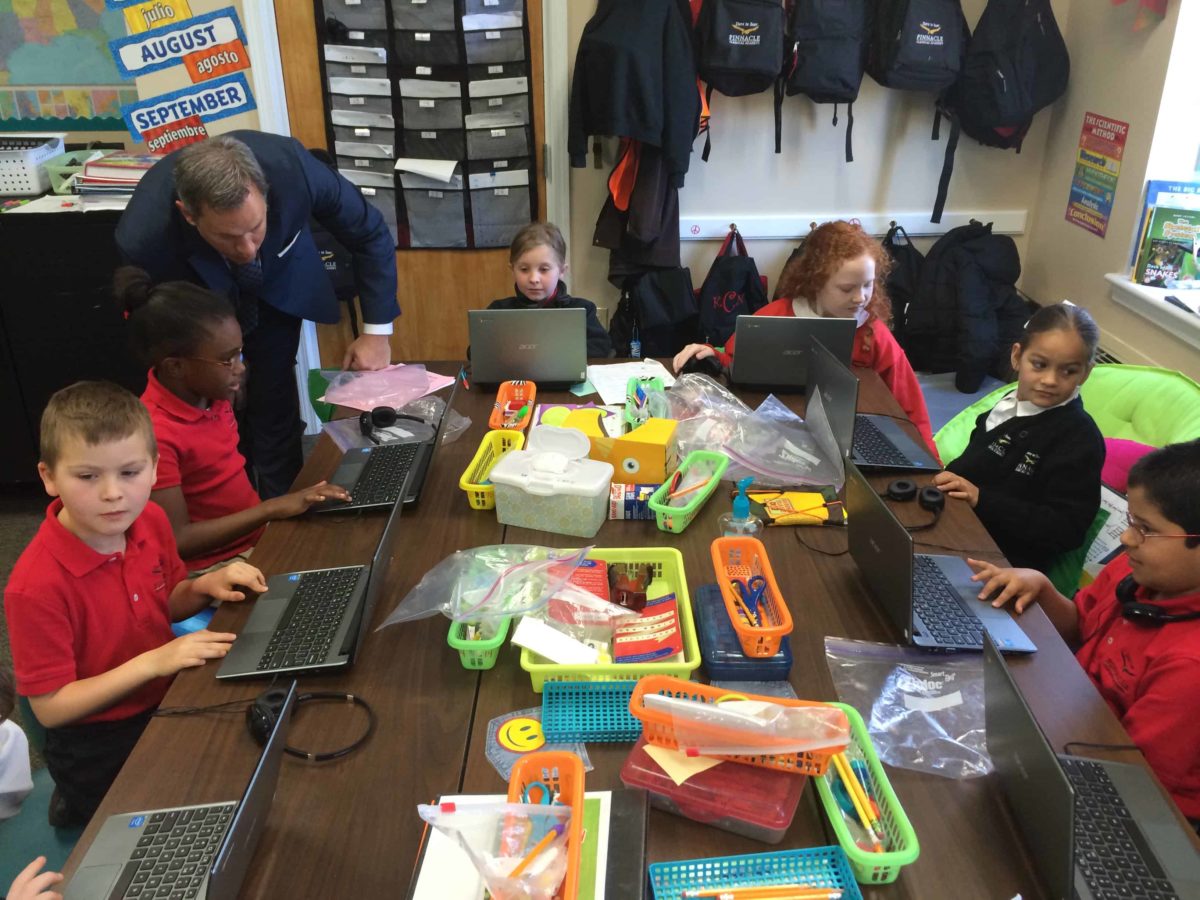

Thanks to the leadership of Lt. Gov. Dan Forest, North Carolina is positioned to be a national model for digital learning in K-12 public schools. But we still have a long way to go.
“You put every book in the world in the hands of those students, at their fingertips. That’s groundbreaking,” Forest said. “I think that will change the face of education.”
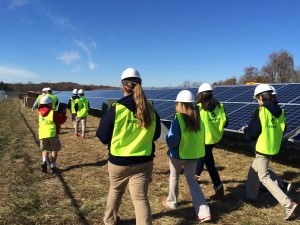

The gears are in motion for North Carolina to start the process in 2017 of becoming a fully 1:1 state, which means that once the process is complete every single public school student will have a digital device to use in school. Many districts across the state already have started this process, but many more have yet to begin.
Which devices will be used – from laptops to tablets, PCs, Macs, or Android – most likely will be up to the individual school districts. The lack of consistency across the state could be a challenge.
Guilford County experienced setbacks with their 1:1 device initiative for middle schoolers in 2013. About 13 percent of their 15,000 Android tablets had to be returned, mostly because of damage. Ultimately, the school system worked with the devices’ contractor to fix the variety of issues plaguing the tablets. The district carefully reimplemented its plan using a staggered rollout in the fall of 2014. Robin Britt, director of instructional technology for Guilford County Public Schools, says the previous year’s rollout gave the district time to contemplate how best to use the new technology.
“The silver lining was it gave us a chance to pause and ask, ‘What is personalized learning, and where does a tablet fit in?’” Britt said.
The school system also had a chance to consider lessons learned from the failed initial rollout, Britt said.
“What we learned is that we can’t just launch all schools right at once because we don’t have enough people to meet spiked levels of demand at all schools,” he said. “So we rolled out a few so we could have all hands on deck.”
The state has contracted with the Friday Institute for Educational Innovation at North Carolina State University to craft a statewide Digital Learning Plan.
This multifaceted plan will look at current successful models and lessons learned from 1:1 initiatives across the state, nation, and in Canada. Based on a variety of data from existing reports, as well as feedback from policymakers, education leaders, business leaders, and other stakeholders, the plan will make recommendations for supporting the transition to digital learning throughout state public schools.
Background
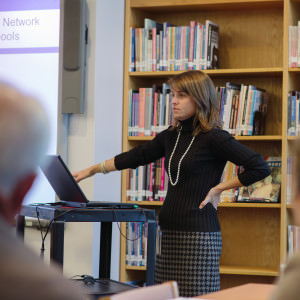

In 2013, the North Carolina General Assembly (NCGA) passed legislation transitioning funding for textbooks to funding for digital learning in public schools, beginning in 2017.
As a follow-up, another piece of legislation authorizes the North Carolina Department of Public Instruction (NCDPI) to use $1 million of the appropriated education lottery funds to develop this plan, including infrastructure required for digital learning.
The Friday Institute began work on the Digital Learning Plan in the summer of 2014, and they expect to have a final report finished by August 2015.
The team at the Friday Institute spent the summer of 2014 organizing and interpreting data from existing surveys and reports, in addition to soliciting feedback from all kinds of stakeholders.
They have identified four challenge areas that the plan will address:
- Instruction and digital content
- Technology infrastructure and devices
- Human capacity
- Policy and funding
Instruction and digital content challenges
Throughout the transition, materials need to be current, aligned with the curriculum, and effective for all learners.
A benefit of having digital materials is that it’s possible to adapt various materials to the specific abilities of different learners. Guilford County created the PLE Resource Center as a way to empower teachers to provide personalized learning resources for their students.
The Friday Institute is exploring how existing resources, like Home Base, North Carolina Virtual Public School, the North Carolina Education Cloud, and public libraries can support and ease the transition to digital learning. New processes are needed for evaluating and procuring digital resources on a district level. Ideally, locally created digital resources need to be shared statewide.
Technology infrastructure and devices challenges
With a digital device in the hand of all 1.4 million public school students in the state, a robust infrastructure will be needed to support them, including instructional help desks, technical support for broken devices, and replacement plans.
A report from May 2013 revealed 70 public schools in the state had no wireless infrastructure at all. By December 2014, that number was down to 20.
That’s just on the device level. A large-scale infrastructure also needs to be in place — like broadband internet into every school with sufficient Wi-Fi access points.
In 2013, the Education Cloud in partnership with NCDPI surveyed all school districts in the state to determine the wireless capabilities of each public school. A report from May 2013 revealed 70 public schools in the state had no wireless infrastructure at all. By December 2014, that number was down to 20.
Human capacity challenges
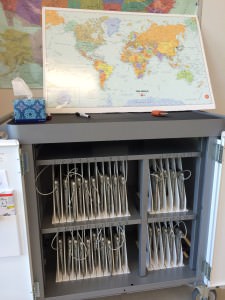

As with any change in the public schools, we need to ensure that teachers, support staff, and school leaders are trained and fully capable of implementing the new methods. Along with knowing how to use the digital devices and understanding the myriad of digital resources, they need to have the capacity to use this technology to meet new digital learning standards.
This will take time on the training side, and once implementation time comes, the teachers will need flexibility in order to provide the necessary support to their students and adapt their methods to the inevitable new curriculum.
Funding and policy challenges
This is the big question: how will the transition impact school budgets and how will it be funded?
Initial findings from the Friday Institute show that the annual cost to build and maintain just the network infrastructure for all N.C. public schools is $20 per student and educator, or $44 million total. This number doesn’t include digital devices or licensing for software or other materials.
The FCC’s E-rate Program was created to help communities secure affordable telecommunication services. North Carolina’s public K-12 schools would qualify for a $32 million discount, leaving the state with a bill for $12 million.
A model district
“The technology is just a tool. It’s really about changing the way that we teach.”
– Scott Smith, CTO
North Carolina already has several very successful models for digital learning, the most well-known being the Mooresville Graded School District. They are nationally recognized for their successful strategic plan to transition to digital learning, which began in 2007. By August 2009, they had a MacBook for every 4th-12th grader in their district and SMART Boards in every K-3 classroom. The district continues to be a national leader with a waiting list for school visits nearly a year out. This summer, they will hold their sixth annual Summer Connection workshop. Previous years saw hundreds in attendance from all over the U.S.
“The technology is just a tool. It’s really about changing the way that we teach,” said Scott Smith, chief technology officer for the district. “Gone are the days when the teacher was the one with all the information and shared it with students. The information is there.”
Update 1/15/2015:
In the opening session of the 2015-16 legislature yesterday, Lieutenant Governor Dan Forest said:
Two years ago, I mentioned that for the first time in modern history, we have the opportunity to take advantage of technology to transform the world of education. Through your leadership, we are right on the verge of making North Carolina a leader in education innovation. … You began the process of investing in digital technology transformation in our schools and because of your innovative leadership and the work of many passionate education professionals, teachers, parents, and businesses and nonprofits, I believe North Carolina will be the first state in the country to have every classroom connected to high-speed broadband Internet, one-to-one devices in the hands of every child, and teachers who know how to leverage this technology to our kids for new frontiers.
When you place that connected device in the hands of that child you have placed all the knowledge in the world at their fingertips, you have placed every book in the world in their hands, and you have opened up the world of opportunity and possibility to a child who perhaps had no hope. You have effectively begun to bridge the socio-economic education divide for the first time in the history of our nation.
The N.C. Digital Learning Plan will enable us to move from a one-size-fits-all approach to education to customized education for every child to make the transition away from expensive, high stakes testing to mastery-based learning, to move from static teaching tools to dynamic digital tools, to move from class time learning to anywhere, any time learning, to reach children in each and every school in North Carolina with content and curriculum they have never had access to before.
My friends, Senators, this plan is not a dream. It is a reality because of you. In fact, your bold leadership created the law that established this transformation and the Digital Learning Plan is a work in progress. I have a copy of the Digital Learning Plan with me today, and when you leave here today, you will all have a copy of it on your desk. I hope you will take it and read it. But in order for this plan to be successful, it will take continued courage, leadership, and investment for the building of a strong foundation.”


